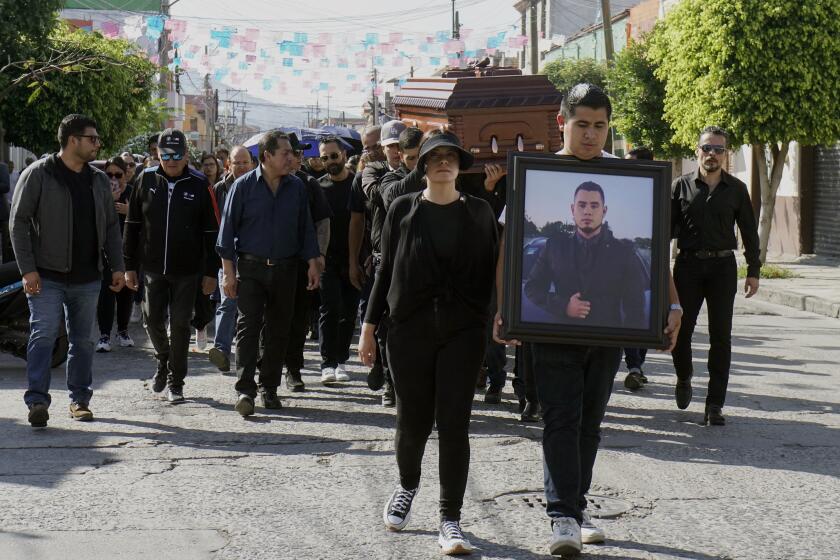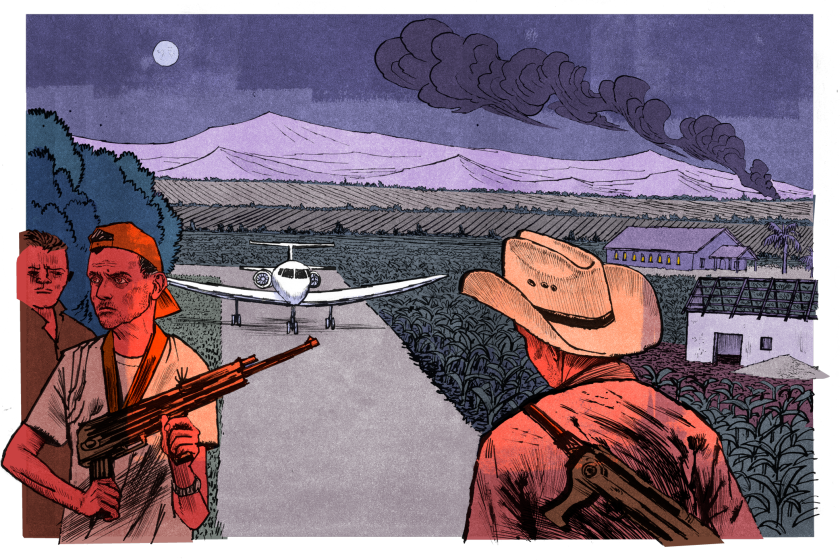
- Share via
MEXICO CITY — In November, Susana García Colorado received a call from a man who said he was from the Mexican government commission charged with finding the more than 100,000 people officially classified as “disappeared.”
“We have information that your brother has appeared,” he told her. “We would like to have an interview with him.”
That was news to her. She checked with relatives, her brother’s friends, his old co-workers, the police and the hospital where he worked in the port city of Veracruz. No one had seen or heard from Osvaldo Julián García Colorado since October 2020.
“It was all a lie. My brother is still disappeared,” she said. “And everything was the same.”
Except for one thing: Her brother’s name was removed from the online government register of the disappeared.
The government has been purging what it says are false entries, including duplicate names and cases of people who are dead or discovered to be alive at home or in jails. But scores of people who have been struck from the list are still missing, according to their families.
In a country with a surfeit of clandestine graves and unidentified bodies, the crisis of the missing has become intensely political, with critics of President Andrés Manuel López Obrador accusing him of trying to whitewash his administration’s record on violence in the run-up to national elections in June.
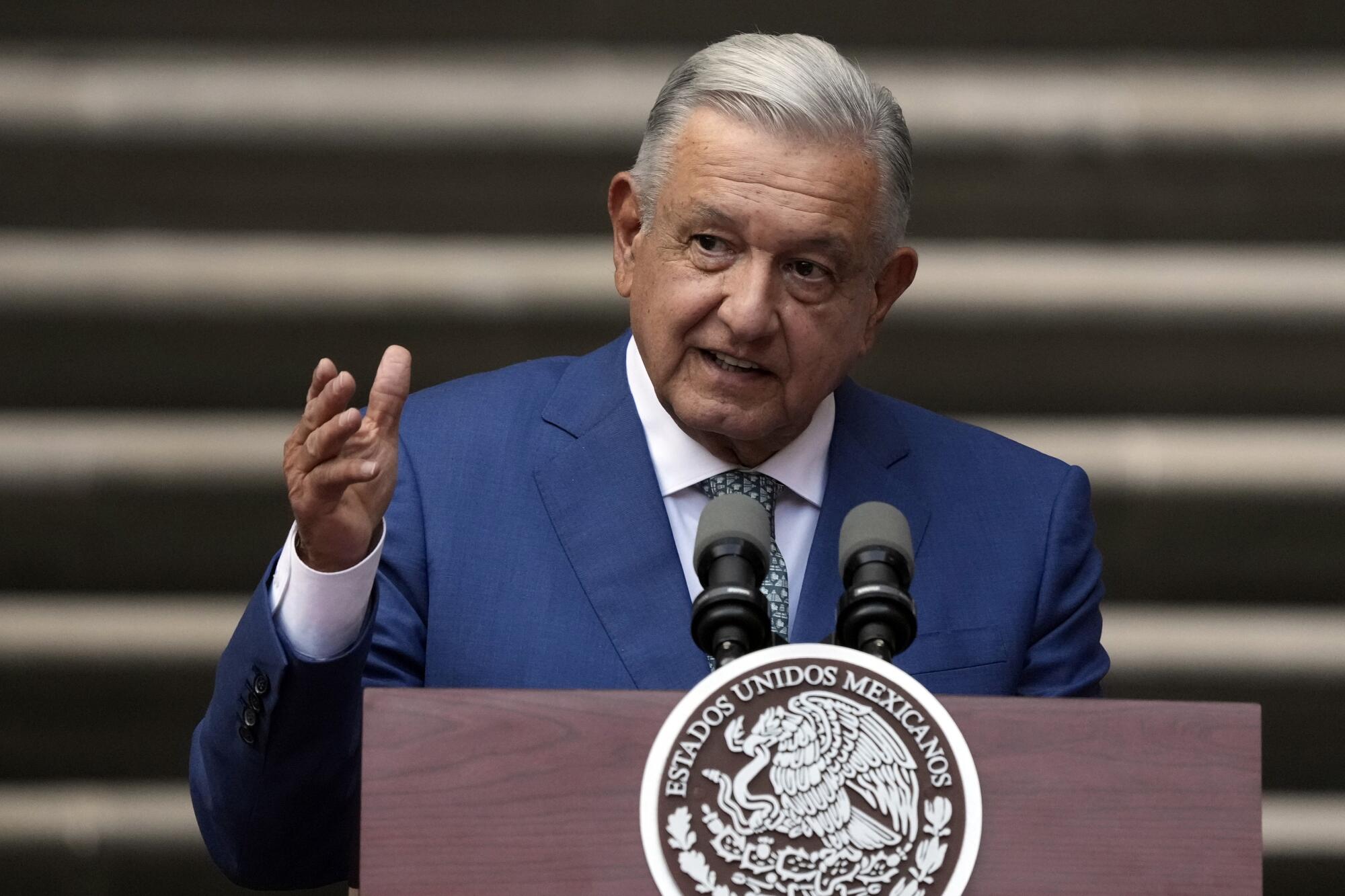
The families accuse the president of “disappearing the disappeared.”
“They’re going to close the files and shut down all the cases,” lamented Virginia Garay Cazares, whose 19-year-old son vanished in 2018 on his way to work at a hot dog and hamburger stand in the western city of Tepic. “They don’t understand the pain and heartbreak for those of us with missing loved ones.”
In Sinaloa, Mexico, home to one of the world’s most powerful drug cartels and famed for ostentatious displays of wealth, people clamor for exotic animals.
López Obrador has denied any plan to cook the books or stop looking for the missing.
“There is no intention on our part — there never has been — to erase any of the disappeared,” he recently told reporters. “What is happening is a revision and general search, nationwide, to clarify precisely the number of disappeared, and put that in order.”
Calling his enemies “vultures,” the president has charged that opponents “infiltrated” the government and inflated the numbers of disappeared in a bid to tarnish his administration.
“I understand that there is legitimate discontent among the families of the victims,” López Obrador said. “But our adversaries are also upset.”
: :
The term “desaparecido” entered the international lexicon with the infamous Cold War-era violence in Argentina and Chile. But the ranks of the missing are now far greater in Mexico.
Though hundreds of people disappeared in Mexico during its own brutal crackdown on leftist militants during the 1960s and 1970s, the major problem today is organized crime. In 2006, the government declared war on the drug cartels, setting off a wave of violence that has not let up.
The most high-profile disappearance case involves 43 teacher trainees from the town of Ayotzinapa in the western state of Guerrero whose presumed killings have never been solved. Since they vanished in 2014, only a few charred remains have been found.

When López Obrador came to office in 2018 as a leftist reformer promising to reduce crime and violence, the official number of disappeared was about 53,000. His administration boosted funding for the government search commission set up to help find them.
But by 2022, the total topped 100,000. López Obrador, who often cites “other data” when disputing statistics he doesn’t like, began to express doubts about the veracity of the numbers. He ordered an exhaustive new census of the disappeared.
Many Mexicans find it difficult to square recent mass shootings with official statistics showing that homicides are on the decline.
Nearly 5,000 government workers fanned out across the country to knock on doors, scrutinize police and investigative files and scour vaccination records, public-aid registers and voting rolls. Over the course of the next year, they made more than 111,000 house visits and 86,000 telephone calls.
In December, the government released the results: Of the more than 110,964 people officially listed as disappeared as of August, only about 11% could be corroborated as missing.
“We have a registry in which we [sometimes] have only one name, or a nickname,” Mexico’s interior secretary, Luisa María Alcalde, told reporters.
About 15% of those on the list were declared “located” — either dead, incarcerated or alive at home.
Officials deemed 16% of the disappeared as “placed” — meaning that investigators used databases or worked the phones to track them down, but did not see them “face to face.”
In 56% of cases there was too little information to even launch a search. The review suggested that some of the missing never actually existed.
About 2% of the missing were listed more than once.
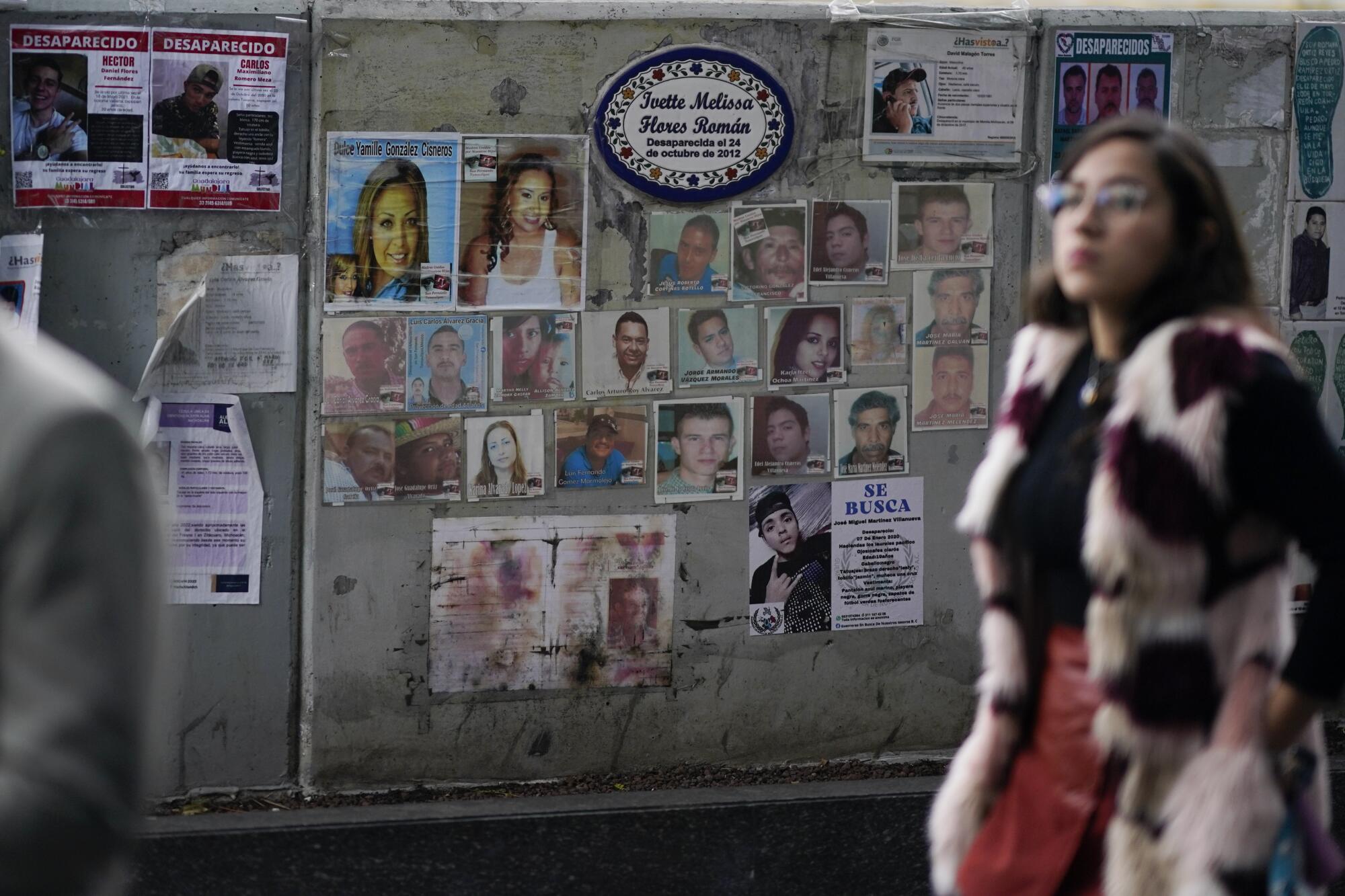
No evidence emerged of an insider conspiracy to taint the government — an allegation López Obrador has continued to push.
“We haven’t permitted repression, or massacres, or the disappearance of anyone,” he told reporters last month, insisting that the official numbers simply were “not logical.”
In his final year in office, López Obrador — an avid historian who frequently talks about his legacy — chafes at his tenure being portrayed as one of the bloodiest since the Mexican Revolution more than 100 years ago.
Mennonites are pious Christians who eschew much of the modern world. But in Mexico even they have not escaped the pull of the drug cartels.
Under his leadership, Mexico saw record numbers of killings as cartels grew ever stronger — an uncomfortable fact for his Morena party and its presidential candidate, former Mexico City Mayor Claudia Sheinbaum, a protege of López Obrador.
Opponents of López Obrador point out that he has failed to curtail a culture of impunity in a nation where police, the military and prosecutors often act in cahoots with organized crime. A forensic crisis has worsened a pervasive sense of injustice. Many of the disappeared are probably among the more than 50,000 unidentified bodies that have been collected since 2006 and are buried in public cemeteries or still stored in morgues.
“Perpetrators go undetained and victims’ families end up having to go out on their own and search for justice and their missing relatives,” said Tyler Mattiace, Mexico researcher for Human Rights Watch.
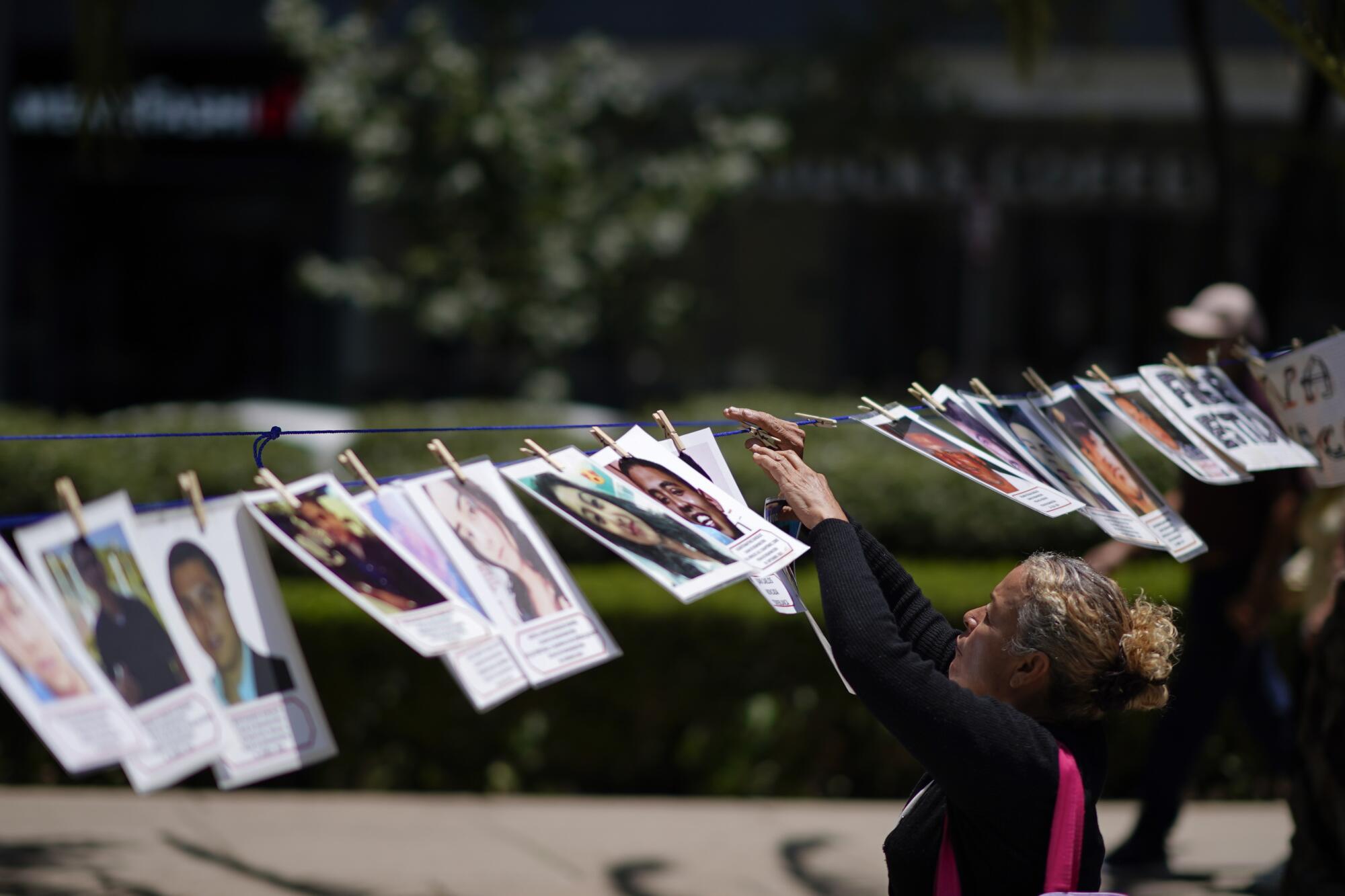
Among the most forceful critics of the president’s recount is Karla Quintana, a lawyer who headed the search commission before quitting in August.
Explaining her resignation, she told attendees at an academic colloquium three months later that the new census was a sham to make the government look good and suggested that the true number of disappeared was significantly higher than 100,000.
“The families of the disappeared say that for every one reported there are as many as five families that haven’t approached authorities because of fear,” she said.
The fear is real. An activist shot dead this month in the northern border city of Tecate was the latest of at least a dozen women killed in recent years after searching for their loved ones.
: :
The pursuit of the missing continues. In December, authorities set up a hot line for people to report any leads.
“We are not going to act in a deceitful way,” López Obrador said. “That is contrary to our principles, to our ideals.”
The number of people reported disappeared has continued to grow, and this week the total listed online was approaching 115,000 — but with a major caveat. Under the new system of classification, the number verified as “not found” was only about 12,400.
The muxe — Indigenous Zapotec people in Mexico — view themselves as neither man nor woman. They embrace a distinct ‘third gender,’ part of a burgeoning LGBTQ+ movement worldwide.
It is unclear how many names of people still missing have wrongly been removed — such as Osvaldo Julián García Colorado. But organizations for families of the disappeared estimate it could be in the hundreds.
García Colorado, who would be 41, was a nurse who survived the early months of the COVID-19 pandemic while working in a public hospital in Veracruz, where cartels have long battled for turf.
Police detained him and two friends on Oct. 1, 2020 for reasons that remain unclear, according to his sister, who said that she last saw him at a public prosecutor’s office in the wee hours the next day.
Since then, she has worked with a Veracruz search collective, one of hundreds that have sprung up throughout Mexico. The members march in street protests, plaster posters bearing the names and photographs of the missing on walls, and dig for bodies in places where their loved ones might have been dumped.
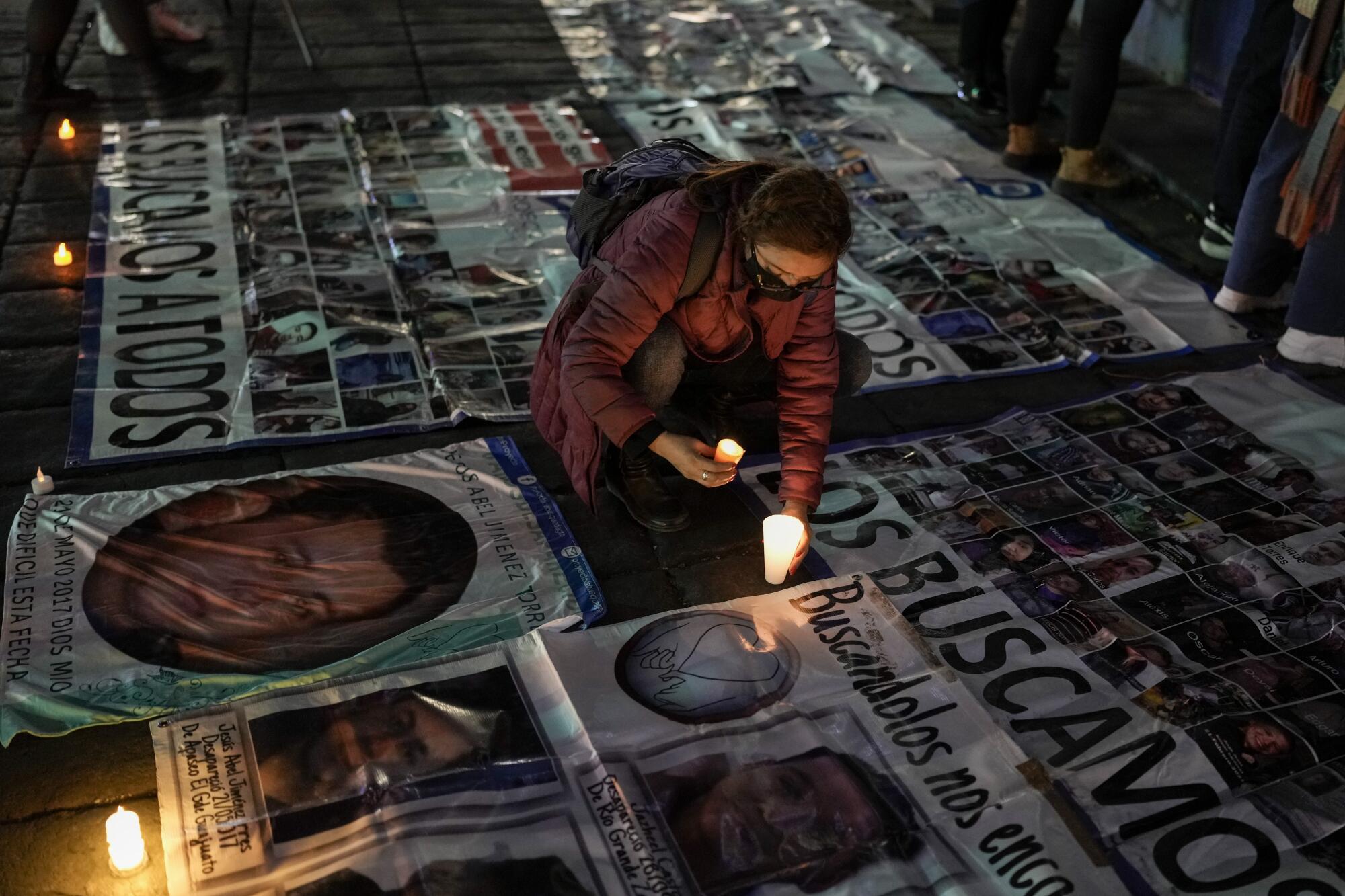
At the outset of the ordeal, prosecutors told Susana Garcia Colorado, 45, that there was no record of the arrest of her brother and his two friends, who also were never heard from again.
She has tried to contact the search commission to explain that he is still missing and that his name should be added back to the list. But her messages have gone unreturned.
“How is it possible that from one day to another the authorities take my brother off the register and don’t tell us anything?” she said. “They are making fun of our pain, not respecting our suffering.”
Sánchez Vidal is a special correspondent.
More to Read
Sign up for Essential California
The most important California stories and recommendations in your inbox every morning.
You may occasionally receive promotional content from the Los Angeles Times.

